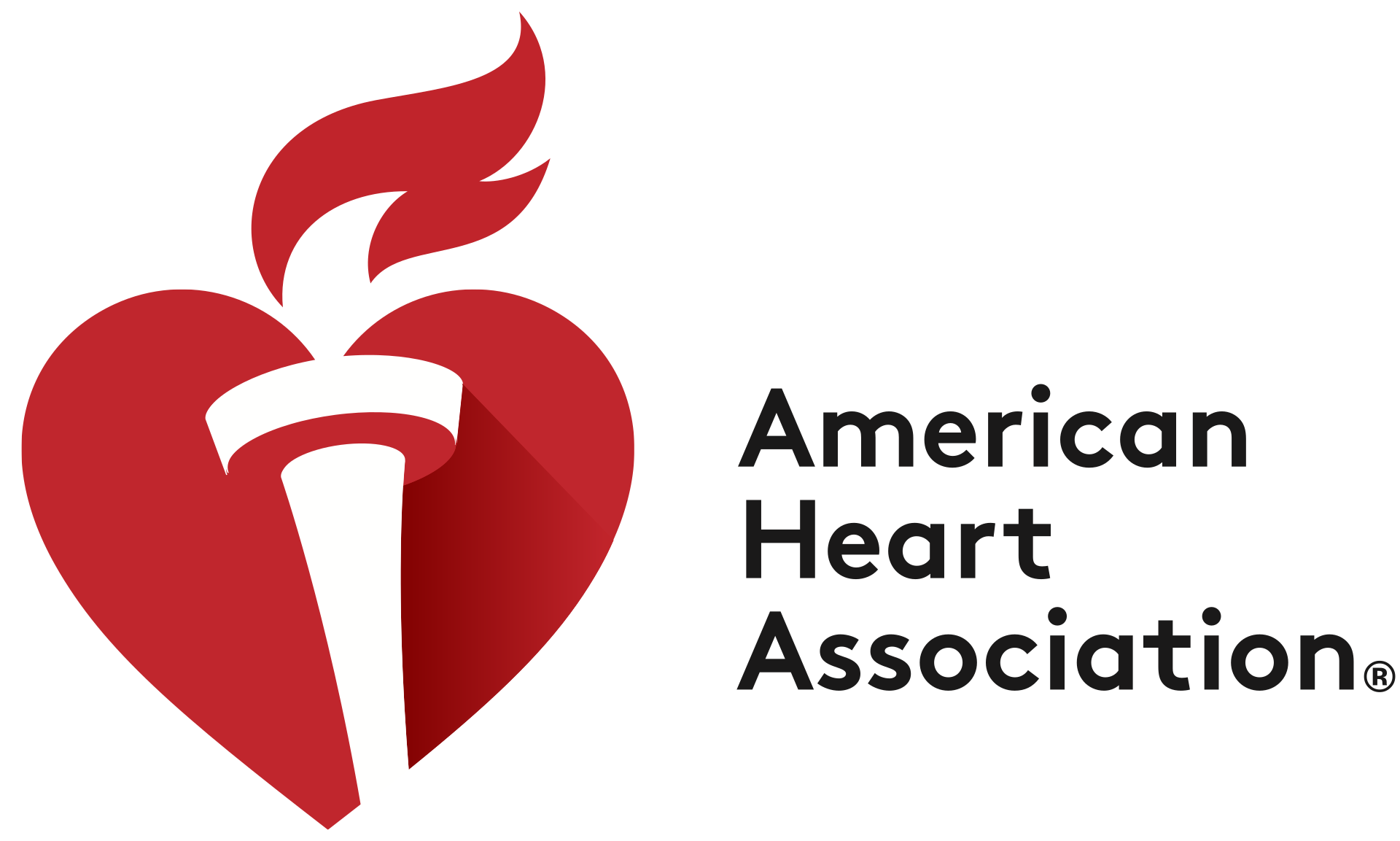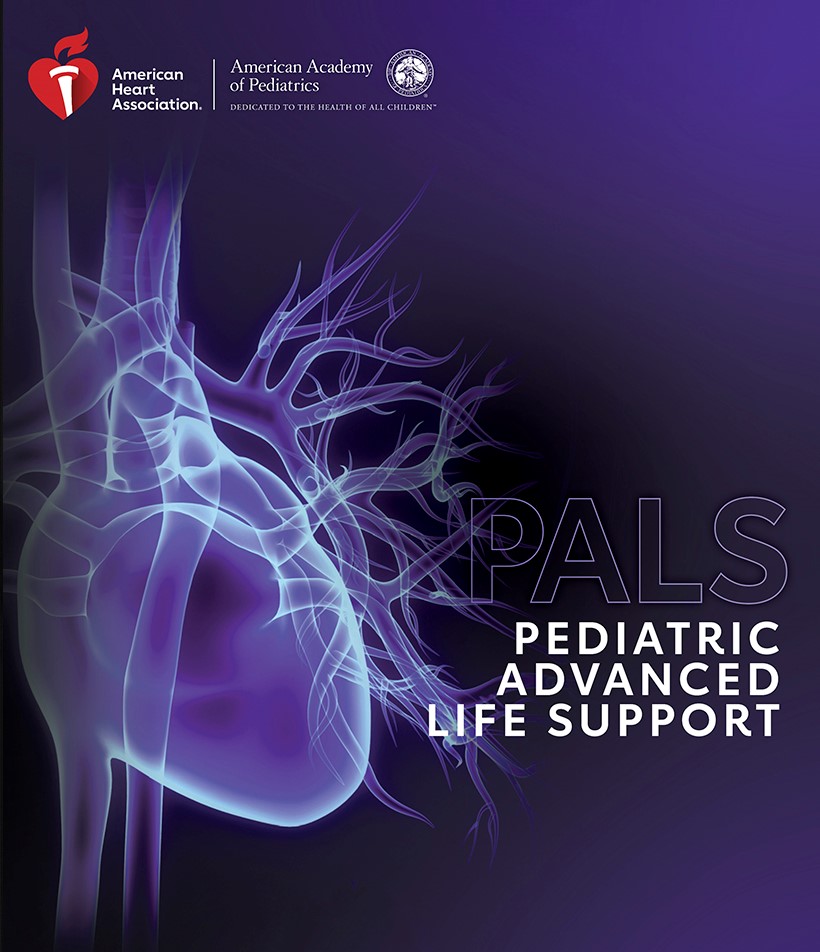Pediatric Advanced Life Support (PALS) - 2020 CPR & ECC Guidelines
The PALS Provider Course is designed for healthcare providers who either direct or participate in the management of respiratory and/or cardiovascular emergencies and cardiopulmonary arrest in pediatric patients. This course uses precourse preparation, didactic instruction, and active participation in learning stations and simulated cases to enhance the recognition and intervention of respiratory emergencies, shock, and cardiopulmonary arrest.


